PPT-Technical report writing:
Author : danika-pritchard | Published Date : 2018-10-22
Starting your report Research Proposal ACTIVITY How do you intend to start Answer How do you intend to start 6 practical tips for starting your report Engage
Presentation Embed Code
Download Presentation
Download Presentation The PPT/PDF document "Technical report writing:" is the property of its rightful owner. Permission is granted to download and print the materials on this website for personal, non-commercial use only, and to display it on your personal computer provided you do not modify the materials and that you retain all copyright notices contained in the materials. By downloading content from our website, you accept the terms of this agreement.
Technical report writing:: Transcript
Download Rules Of Document
"Technical report writing:"The content belongs to its owner. You may download and print it for personal use, without modification, and keep all copyright notices. By downloading, you agree to these terms.
Related Documents


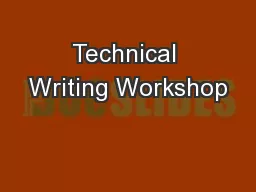


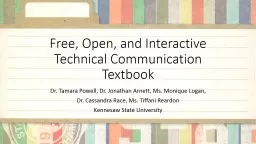

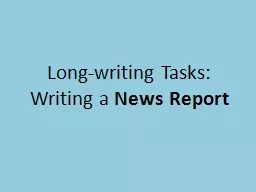
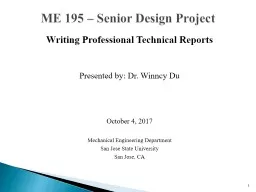
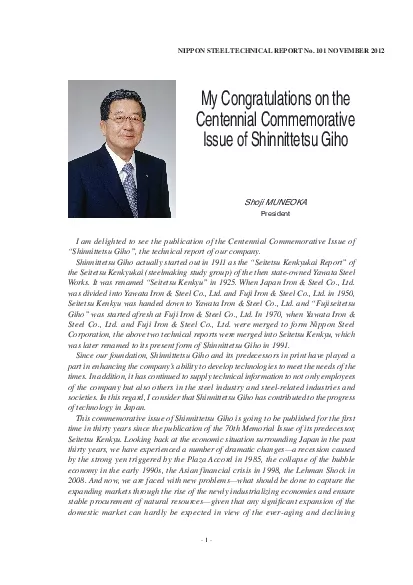
![[DOWNLOAD] - 180 Days of Writing for Sixth Grade - An Easy-to-Use Sixth Grade Writing](https://thumbs.docslides.com/901243/download-180-days-of-writing-for-sixth-grade-an-easy-to-use-sixth-grade-writing-workbook-to-practice-and-improve-writing-skills.jpg)
![[READ] - 180 Days of Writing for Fifth Grade - An Easy-to-Use Fifth Grade Writing Workbook](https://thumbs.docslides.com/901394/read-180-days-of-writing-for-fifth-grade-an-easy-to-use-fifth-grade-writing-workbook-to-practice-and-improve-writing-skills.jpg)
![[DOWNLOAD] - 180 Days of Writing for Third Grade - An Easy-to-Use Third Grade Writing](https://thumbs.docslides.com/901429/download-180-days-of-writing-for-third-grade-an-easy-to-use-third-grade-writing-workbook-to-practice-and-improve-writing-skills.jpg)
![[EBOOK] - Ecologies of Writing Programs: Program Profiles in Context (Writing Program](https://thumbs.docslides.com/906283/ebook-ecologies-of-writing-programs-program-profiles-in-context-writing-program-adminstration.jpg)
![[EPUB] - Writing a Successful College Application Essay (Barron\'s Writing a Successful](https://thumbs.docslides.com/906666/epub-writing-a-successful-college-application-essay-barron-s-writing-a-successful-college-application-essay.jpg)